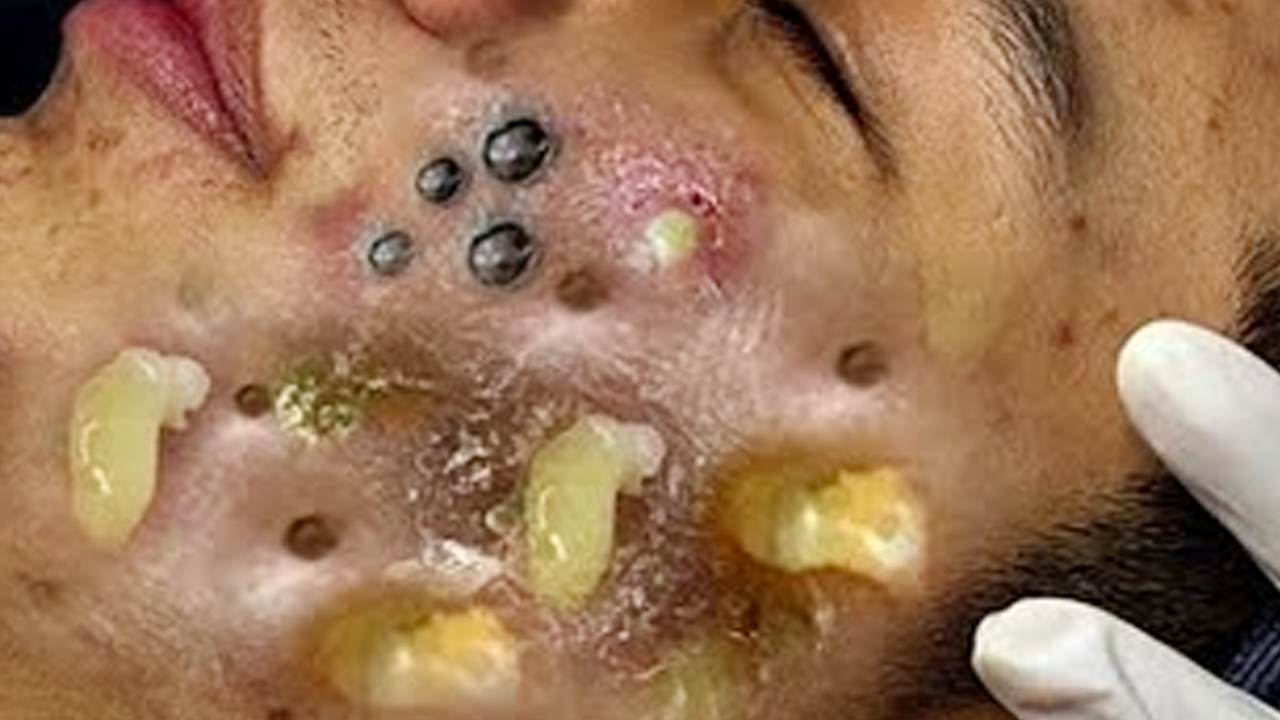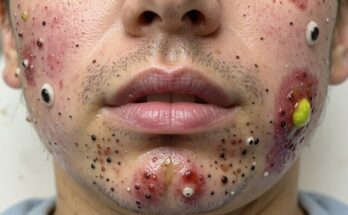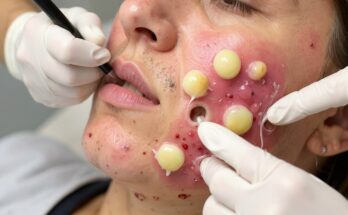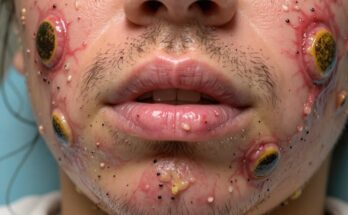Conquer Your Acne: A Comprehensive Guide to Clear Skin
Dealing with acne, pimples, and blackheads can be frustrating, but understanding the different types and employing the right strategies can make a significant difference. This guide provides a detailed roadmap to clearer, healthier skin.
Understanding the Battlefield: Different Acne Types
Before we dive into treatments, let’s clarify the enemy: different types of acne require slightly different approaches.
Blackheads: The Oxidized Outlaws
Blackheads are open clogged pores. Their dark color comes from the oxidation of sebum (oil) exposed to air. The culprits? A combination of oil, dead skin cells, and exposure to the environment.
Whiteheads: The Hidden Troublemakers
Unlike blackheads, whiteheads are closed clogged pores. Oil and dead skin cells are trapped beneath the skin’s surface, creating a small, whitish bump.
Pimples: The Inflammatory Invaders
Pimples are inflamed bumps containing pus. This inflammation is a result of bacteria interacting with a clogged pore, leading to redness and swelling.
Cystic Acne: The Severe Situation
Cystic acne involves deep, painful, under-the-skin lumps. These are often caused by a combination of hormonal fluctuations, bacteria, and clogged pores. This severe form requires professional medical attention.
Your Arsenal: A Multi-Pronged Approach to Acne Treatment
Tackling acne effectively demands a holistic strategy. This involves a consistent skincare routine, targeted treatments, and lifestyle modifications.
The Daily Defense: Your Skincare Routine
Establishing a consistent daily routine is paramount.
- Cleanse Twice Daily: Use a gentle, non-comedogenic cleanser, such as CeraVe Foaming Cleanser, morning and night to remove dirt, oil, and makeup. Non-comedogenic means it won’t clog your pores.
- Exfoliate Regularly: Twice or three times a week, use a chemical exfoliant containing salicylic acid or glycolic acid to gently remove dead skin cells and prevent pore blockage.
- Hydrate and Protect: Apply a lightweight, oil-free moisturizer to keep your skin hydrated and balanced. Crucially, always use a broad-spectrum sunscreen with an SPF of 30 or higher to protect against sun damage and prevent dark spots or scarring.
Targeted Tactics: Addressing Specific Acne Types
Different acne types benefit from specific treatments.
- Blackheads: Salicylic acid, retinoids (like adapalene/Differin), clay masks, and professional extractions can be effective.
- Pimples: Benzoyl peroxide (a bacteria-killing agent), spot treatments, and sulfur masks can help reduce inflammation and clear up pimples.
- Whiteheads: Retinoids and gentle exfoliation can help unclog pores and prevent further breakouts.
- Cysts: Cystic acne demands professional intervention. A dermatologist can provide treatments like cortisone injections or oral medications.
Pro Tip: The Power of Retinoids
Retinoids, such as adapalene (Differin), are powerful tools for long-term acne prevention and pore refinement. Apply them at night as directed.
Lifestyle Choices: Supporting Your Skin from Within
Your lifestyle significantly impacts your skin’s health.
- Hands Off!: Resist the urge to pick or squeeze blemishes. This can lead to scarring and worsen inflammation.
- Cleanliness is Key: Regularly clean your phone screen, pillowcases, and makeup brushes to prevent bacteria buildup.
- Nourish Your Body: Stay hydrated and eat a balanced diet. Some individuals find that reducing sugar and dairy intake improves their acne.
- Stress Less: Stress can increase oil production, exacerbating acne. Practice stress-reducing techniques like yoga or meditation.
When to Seek Professional Help
While many acne cases respond to at-home treatments, certain situations require professional intervention.
- Severe or Painful Cystic Acne: This necessitates a dermatologist’s expertise.
- Unresponsive Acne: If over-the-counter treatments don’t show improvement after two to three months, consult a dermatologist.
- Scarring or Hyperpigmentation: A dermatologist can help manage scarring and discoloration.
Further Reading and Resources
For more in-depth information, consult the following resources:
- American Academy of Dermatology
- Mayo Clinic
- Cleveland Clinic
- Journal of Clinical and Aesthetic Dermatology
This comprehensive guide provides a framework for tackling acne. Remember, consistency and patience are key to achieving clear, healthy skin. Don’t hesitate to seek professional help if you need it.



